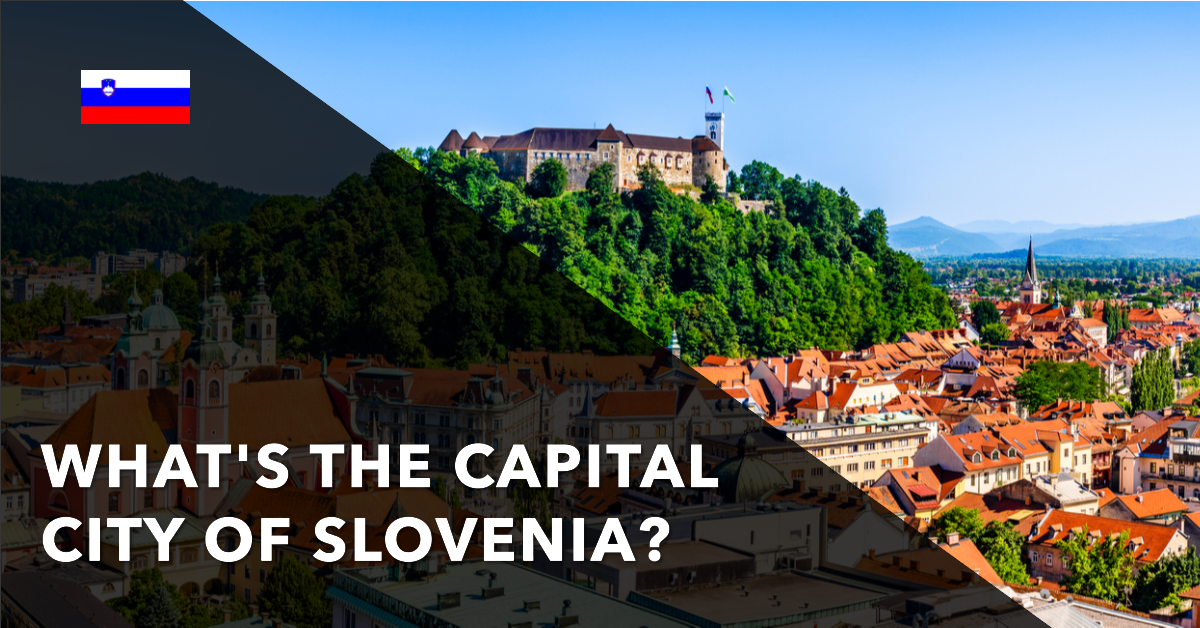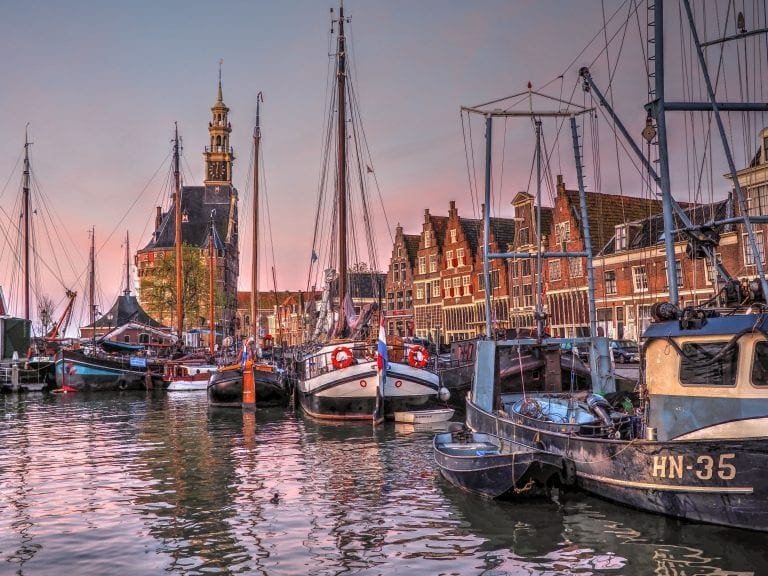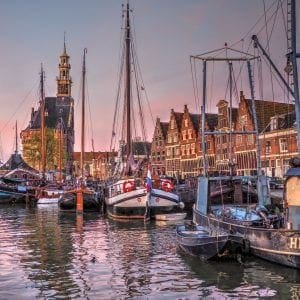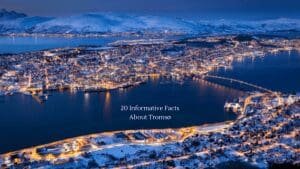What’s the Capital City of Slovenia?
The capital city of Slovenia is Ljubljana.
Ljubljana’s history is a tapestry woven with influences from various civilizations that have left their mark on the city. Originally settled during the Roman period, it evolved through the Middle Ages and later became an essential trade hub of the Austro-Hungarian Empire. This historical amalgamation is evident in the city’s architecture, where ancient Roman ruins blend harmoniously with Baroque and Art Nouveau buildings.
One of the city’s most iconic landmarks is the Ljubljana Castle, perched on a hill overlooking the city. The castle’s roots trace back to the 11th century, and today it serves as a symbol of resilience and a vantage point for breathtaking views of Ljubljana’s charming skyline.
The name ‘Ljubljana’
The name “Ljubljana” is believed to have originated from the early Slavic word “ljubljena,” which translates to “the beloved.” Over time, the name evolved to its present form, and it reflects the affection and endearment that the people of Slovenia have for their capital city. Ljubljana holds a special place in the hearts of its residents and visitors alike, earning its name as “the beloved city” of Slovenia.
Ljubljana Geography
Ljubljana is situated in the central part of Slovenia, which is a small country located in the southeastern region of Central Europe. The city lies in the Ljubljana Basin, surrounded by hills and mountains, making it a picturesque and geographically diverse location.
The Ljubljana Basin is a flat, fertile area where the city is nestled. It is part of the larger Central Slovenia statistical region. The Ljubljanica River flows through the basin, dividing the city into two parts – the historical old town on the right bank and the more modern city on the left bank.
Ljubljana is surrounded by several hills and mountains, adding to the city’s scenic beauty. To the north of the city, the Kamnik-Savinja Alps rise, offering stunning views of the snow-capped peaks during the winter months. Mount Saint Mary (Šmarna Gora) is one of the most popular hills in the vicinity, attracting hikers and nature lovers with its well-maintained trails and a chapel at the summit.
To the south of the city, the Ljubljana Marshes (Ljubljansko Barje) extend, forming a unique wetland area with diverse flora and fauna. The marshes are a significant natural feature of the region and are protected as a nature park.

History of Ljubljana
The history of Ljubljana, the capital city of Slovenia, spans over millennia and is marked by a rich tapestry of influences from different civilizations. The area around Ljubljana has been inhabited since prehistoric times, with evidence of early human settlements dating back to the Stone Age. Over the centuries, the city has experienced numerous transformations and rulers, each leaving its imprint on its culture, architecture, and identity.
Ancient Times
The first known settlement in the Ljubljana basin was established by the ancient Illyrian tribe of Taurisci. Later, in 14 BC, the Romans conquered the region and established a military camp named Emona (Colonia Iulia Aemona) on the site of present-day Ljubljana. Emona became an important trade and transportation hub within the Roman Empire.
Medieval Era
The decline of the Roman Empire in the 5th century AD led to the migration of various tribes, including the Huns and the Lombards. In the 6th century, the Slavic tribes settled in the area, and the first mention of the name “Ljubljana” appeared in historical documents in the early 12th century
Ljubljana’s strategic location along the crossroads of major trade routes contributed to its growth as a market town during the Middle Ages. The city’s fortunes were tied to various feudal lords, including the Carinthian dukes, the Habsburg dynasty, and the powerful Spanheim family.
Habsburg Rule and Enlightenment
In 1278, the Habsburg dynasty took control of Ljubljana and incorporated it into the Habsburg Monarchy. Under Habsburg rule, the city enjoyed periods of prosperity and development. During the 16th and 17th centuries, Ljubljana experienced significant urban expansion and Baroque architectural influence. Notable landmarks from this era include the iconic Ljubljana Cathedral (St. Nicholas’s Cathedral) and the Ljubljana Town Hall.
In the 18th century, the Enlightenment period brought cultural and intellectual advancements to Ljubljana, with the establishment of the Academia Operosorum Labacensis, the forerunner of the University of Ljubljana, which was founded in 1919.
19th and 20th Centuries
Ljubljana continued to thrive and modernize during the 19th century under the Austro-Hungarian Empire. The city became an important administrative and cultural centre within the empire.
In the 20th century, Ljubljana saw several significant political changes. After the end of World War I, Slovenia joined the Kingdom of Serbs, Croats, and Slovenes, later known as Yugoslavia. During World War II, Ljubljana was occupied by Nazi Germany and incorporated into the Italian-administered Province of Ljubljana. After the war, Slovenia became a part of the Socialist Federal Republic of Yugoslavia, a communist state.
Independence and Present Day
Slovenia declared independence from Yugoslavia on June 25, 1991, leading to the Ten-Day War. The war resulted in Slovenia gaining its sovereignty and Ljubljana becoming the capital of the newly independent nation.
In the years following independence, Ljubljana underwent significant urban development and modernization, while preserving its historical heritage. The city’s commitment to sustainability and green living earned it the title of European Green Capital in 2016.
Today, Ljubljana stands as a vibrant and welcoming city, combining its rich historical past with a forward-looking approach, making it an alluring destination for travellers seeking a blend of culture, nature, and warmth.
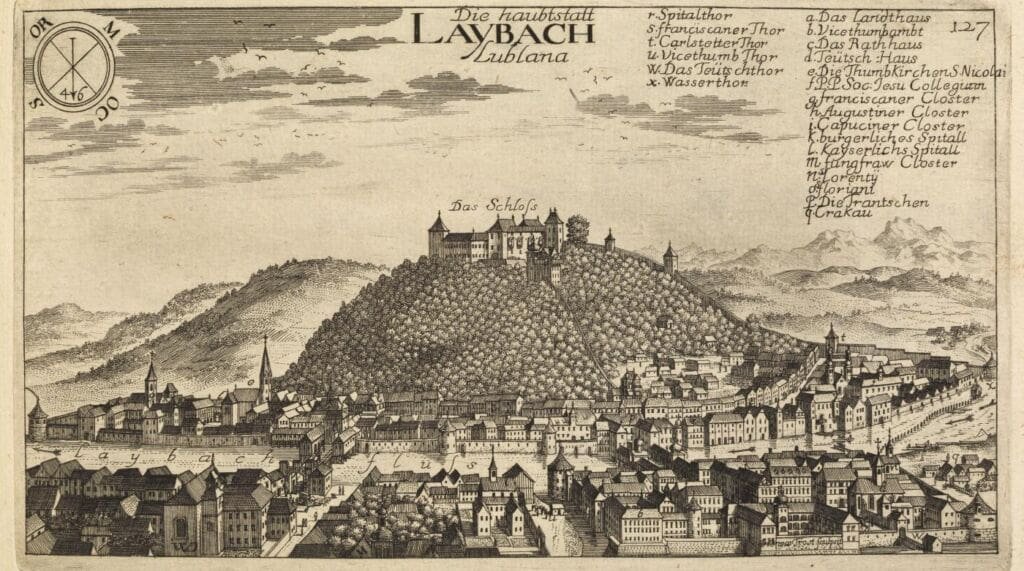
FAQs
These FAQs cover some essential information about Ljubljana, but there’s so much more to discover and experience in this captivating city.
Does Slovenia have a capital city?
Yes, Slovenia has a capital city, and it is called Ljubljana.
What did Slovenia used to be called?
Slovenia used to be a part of the former Yugoslavia. Prior to gaining independence in 1991, it was known as the Socialist Republic of Slovenia, which was one of the six federal units constituting the Socialist Federal Republic of Yugoslavia.
What are the best times to visit Ljubljana?
Ljubljana is beautiful year-round, but the best times to visit are during spring (April to May) and early autumn (September to October) when the weather is mild, and the city’s outdoor spaces are at their best. Summer can be quite warm, making it ideal for outdoor events and festivals, but it can also be crowded. Winter offers a festive atmosphere with Christmas markets and the possibility of nearby skiing in the Slovenian Alps.
Is English widely spoken in Ljubljana?
Yes, English is widely spoken in Ljubljana, especially in tourist areas, hotels, restaurants, and shops. Many locals, especially the younger generation, are fluent in English, making it easy for travellers to communicate and get around the city.
How do I get to Ljubljana?
Ljubljana is well-connected to major European cities. The city has its own international airport, Jože Pučnik Airport (also known as Ljubljana Airport), which serves both domestic and international flights. Alternatively, you can also reach Ljubljana by train from neighbouring European cities or by car through well-maintained highways.


